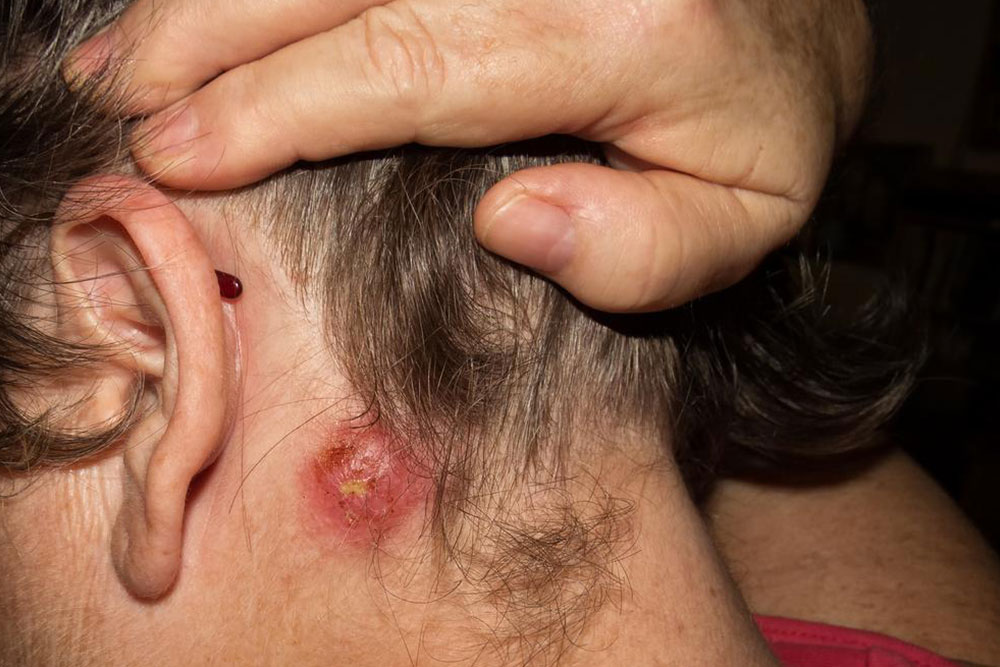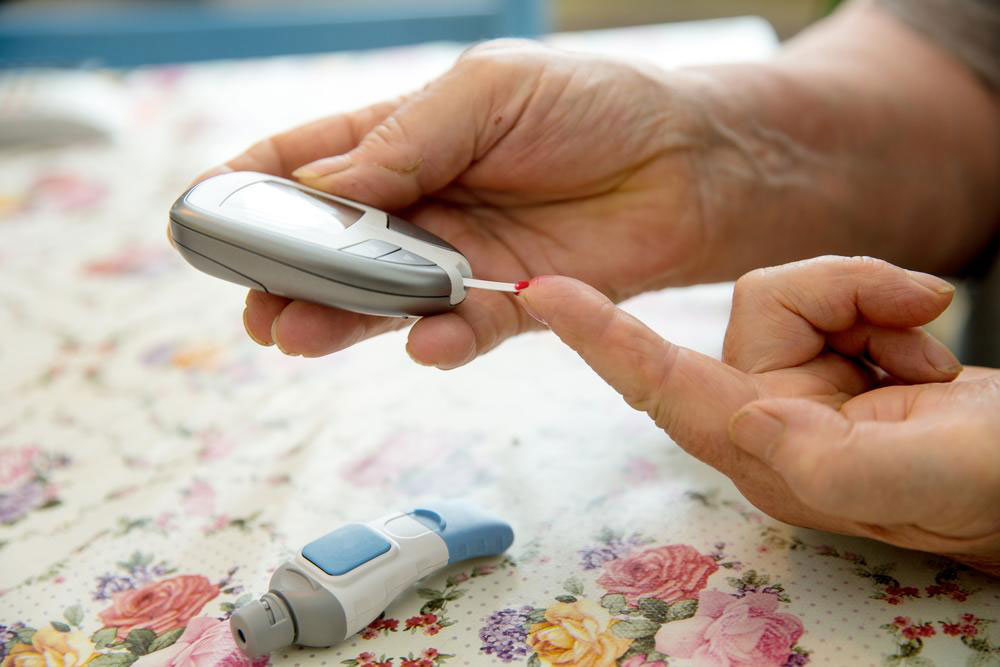Recognizing the Symptoms of Staphylococcal Infections
Learn how to identify the early signs of staphylococcal infections, including skin rashes, boils, and systemic symptoms. Recognizing these symptoms early can prevent complications and promote quicker recovery. Seek medical help promptly if you experience severe signs like chest pain or difficulty breathing to avoid serious health risks.

Staphylococcus aureus bacteria is responsible for staph infections. Typically harmless, this bacteria can cause illness when it multiplies after entering the body. You might find this bacteria living near your nose. Recognizing the early signs of a staph infection is crucial for prompt treatment. Initial symptoms often include fever and skin rashes. As the infection progresses, symptoms might involve painful boils, pus-filled wounds, swelling, and tenderness. If left untreated, the infection can spread to bones, blood, or organs. Immediate medical attention is essential if symptoms like chest pain or shortness of breath occur, indicating potential bloodstream involvement. Early diagnosis helps prevent serious complications.
Skin infections: boils, impetigo, cellulitis
Early signs: fever, rash, pain
Serious symptoms: chest pain, shortness of breath










